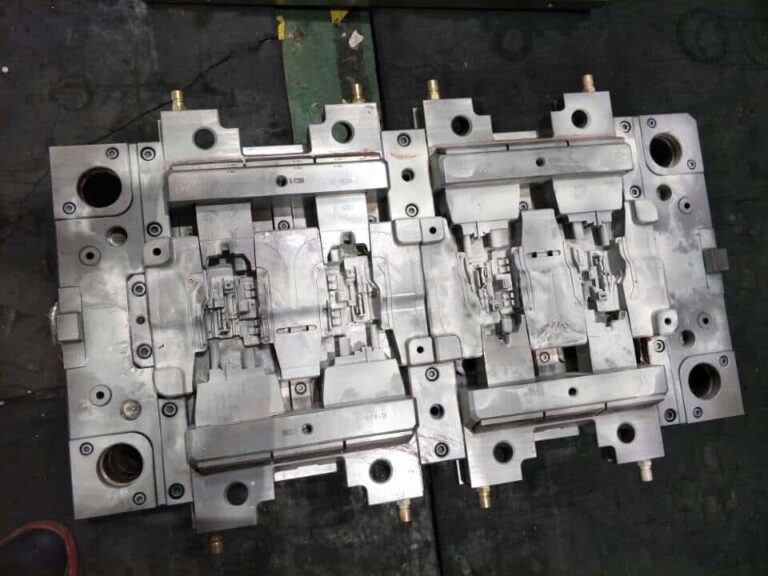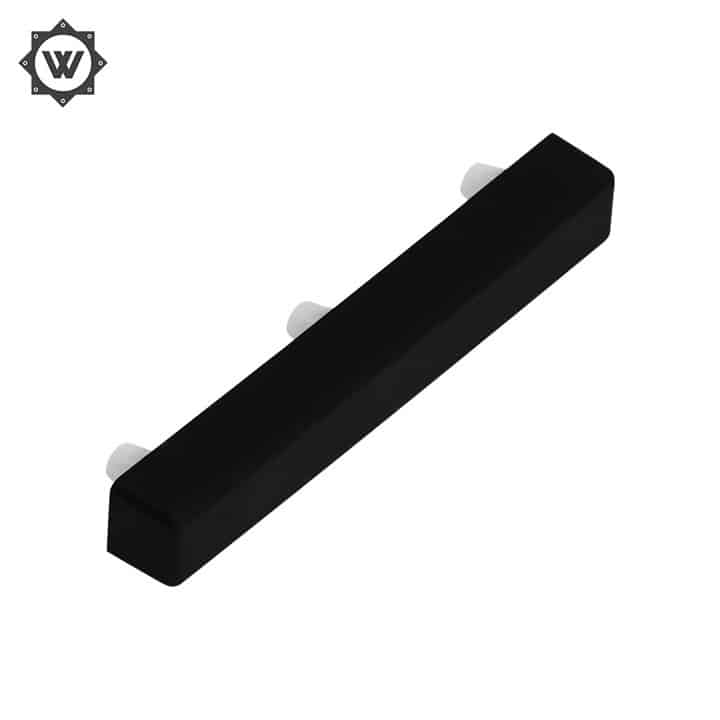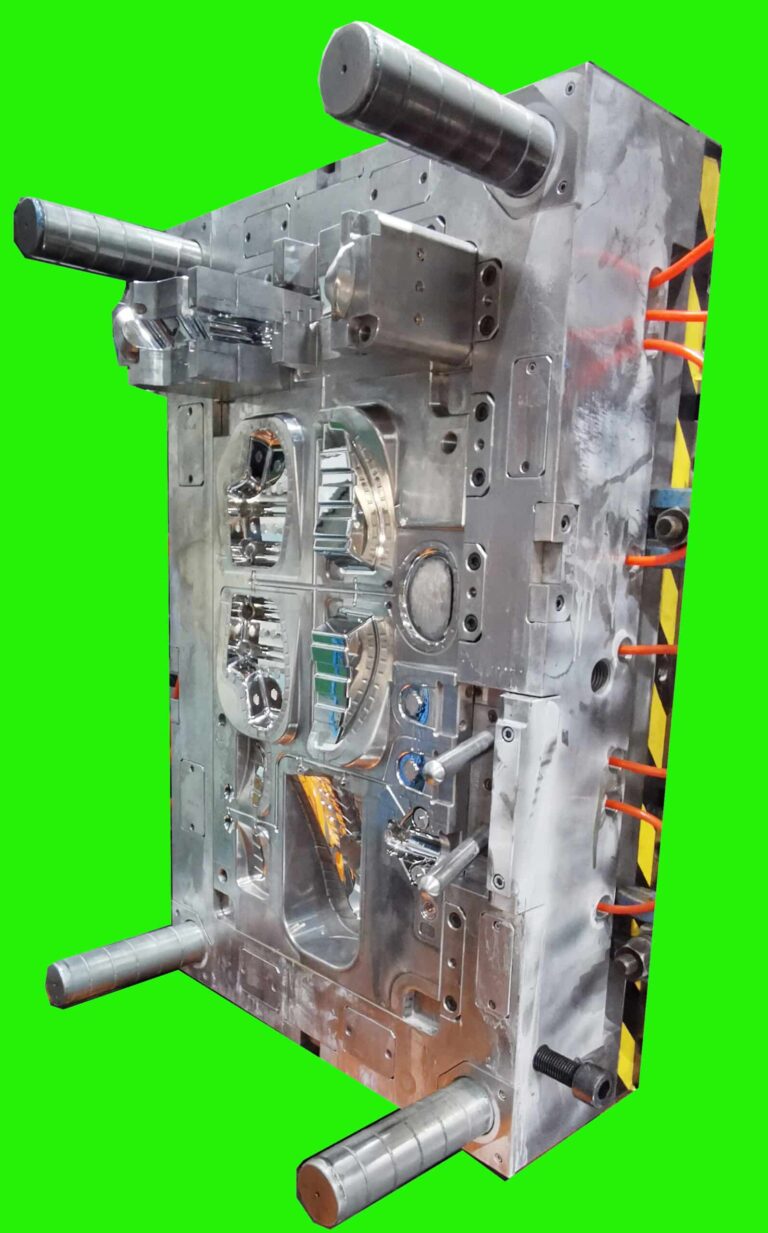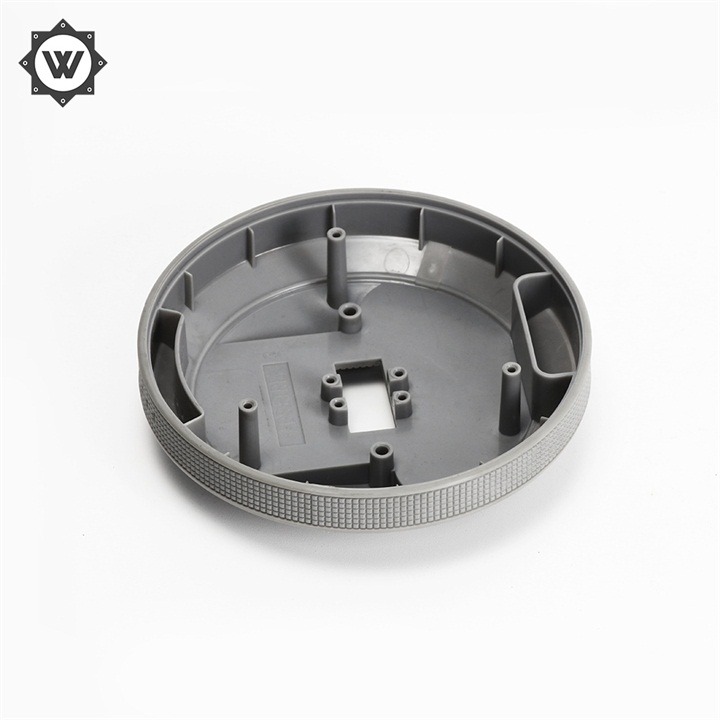Analysis of the causes of uneven color and luster defects in injection molded products
The main causes and solutions of uneven color of injection molded products are as follows.
(1) Poor colorant diffusion, this situation often makes patterns appear near the gate.
(2) Poor thermal stability of plastic or colorant, to stabilize the color tone of the parts, the production conditions must be fixed strictly, especially the material temperature, material quantity and production cycle.
(3)For crystalline plastic, try to make the cooling speed of each part of the parts consistent, for the wall thickness difference of the parts, available coloring agent to cover the color difference, for the wall thickness of the more uniform parts to fix the material temperature and mold temperature.
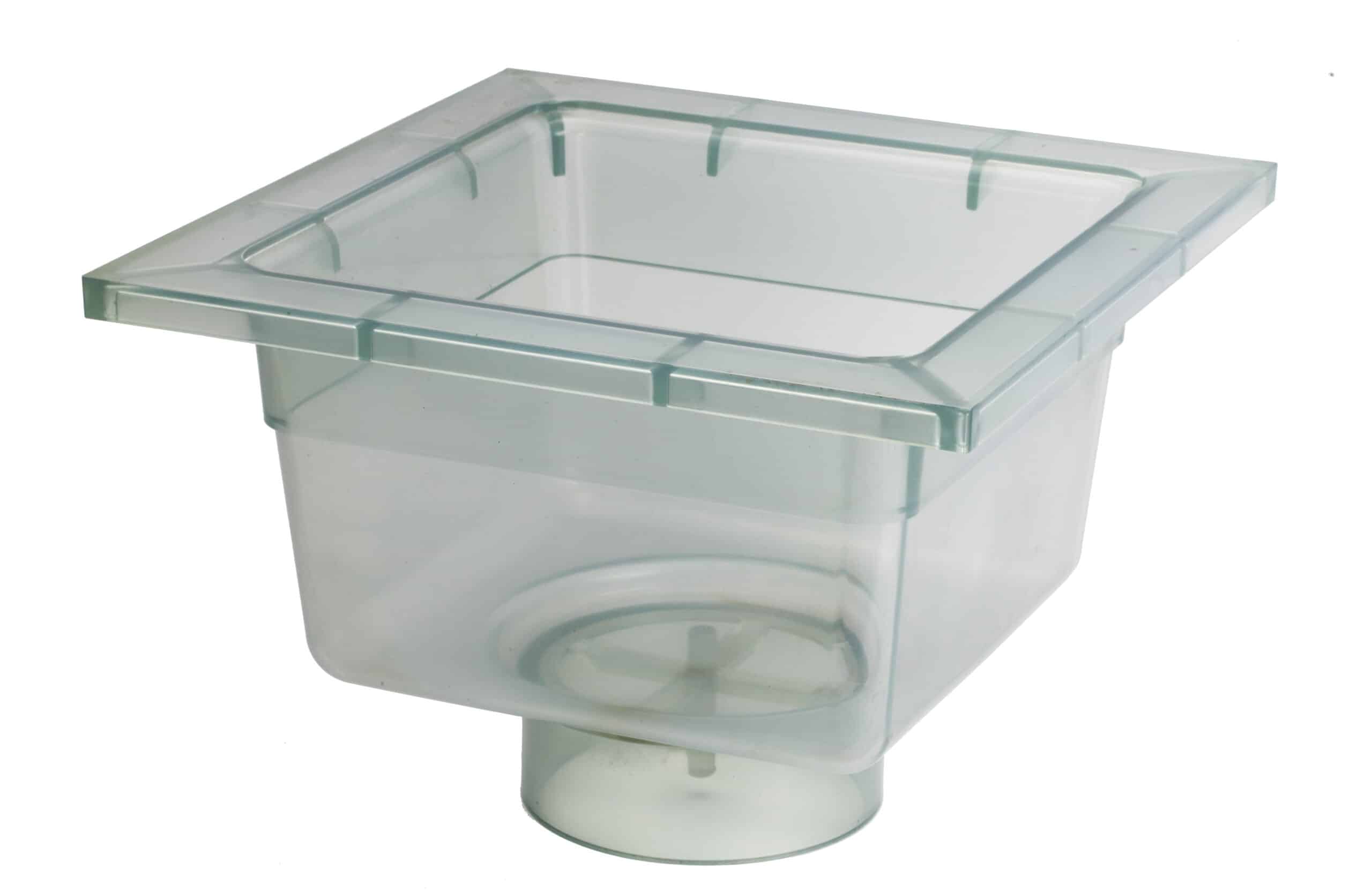
(4) the shape of the part and the form of the gate, the location of the plastic filling situation has an impact on some parts of the part to produce color differences, if necessary, to modify.
Analysis of the causes of color and luster defects of injection molded products
Under normal circumstances, the luster of the surface of injection molded parts is mainly determined by the type of plastic, coloring agent and the finish of the mold surface. However, there are often some other reasons to cause the surface color and luster defects of the products, and the surface darkness and other defects. The reasons for this and the solutions are analyzed as follows.
(1) Poor mold finish, cavity surface rust, etc., mold exhaust poor.
(2) The mold casting system has defects, should increase the cold material well, increase the flow channel, polish the main flow channel, diversion channel and gate.
(3)The material temperature and mold temperature are low, if necessary, the local heating method of the gate is available.
(4) The processing pressure is too low, the speed is too slow, the injection time is not enough, the back pressure is not enough, causing poor compactness and making the surface dark.
(5) Plastic should be fully plasticized, but to prevent degradation of material, heat should be stable and cooling should be sufficient, especially for thick-walled ones.
(6) Prevent cold material from entering the parts, and if necessary, change to self-locking spring or lower the nozzle temperature.
(7) Use too much recycled material, poor quality of plastic or colorant, mixed with water vapor or other impurities, and poor quality of lubricant used.
(8) The clamping force should be sufficient.

